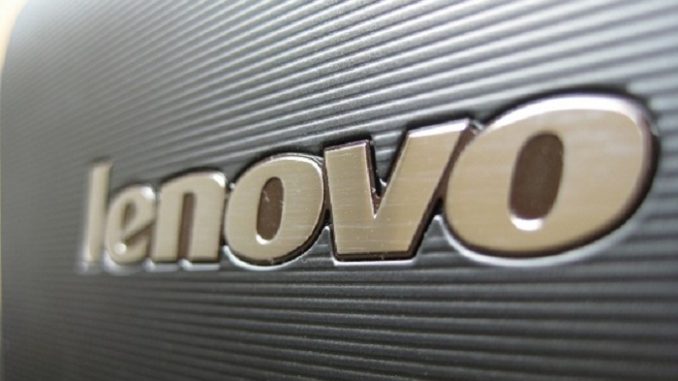
Lenovo had been plumbing the market for a long time behind a well-established mobile phone maker that allowed it to boost its smartphone sales business to distance itself from LG and Huawei and get closer to Samsung and Apple, world leaders.
Motorola Mobility, the emblem of the US mobile phone, will become a Chinese company when the sale is announced today by Google and Asian Lenovo, which will disburse 2.91 billion dollars to gain control.
The Asian company, according to sources in The Wall Street Journal, had considered buying the Canadian BlackBerry, but finally opted for Motorola, owned by Google since August 2011 when it spent 12.5 billion dollars to become its owner.
In just two and a half years, Google has left almost $ 10,000 down the road at Motorola’s expense, adding to its hundreds of millions of dollars in operating losses that hurt Google’s revenue every quarter. Between July and September of 2013 that amount amounted to 243 million dollars.

No wonder investors today react optimistically. After the news of the sale was known, Google’s stock jumped more than 12% after a day of falling on Wall Street.
Google took its weight off and, in the words of its CEO and co-founder Larry Page, will now focus “on bringing innovation to the Android ecosystem for the benefit of users wherever they are.”
The Californian company renounced Motorola, but with buts. Google will continue to own the more than 14,000 patents of the phone company founded more than 85 years ago and that were, in fact, the reason why it was done with Motorola in due course.
Google paid a premium for making sure that Apple and other device manufacturers left him quiet and did not sure him over and over again in intellectual property infringement suits related to his Android mobile operating system.
In that sense, the business went well and Android has continued to expand its presence to consolidate itself as the world’s most widely used mobile computing platform, which runs the Samsung Galaxy or Lenovo smartphones, among others.
For Lenovo, it will be confirmed as the third largest manufacturer of smartphones in the world. Among its forecasts is to sell more than 100 million smartphones during the 12 months following the end of the purchase of Motorola.
As part of the deal with Google, Lenovo will have the right to use Motorola patents and absolute control over all other aspects of the business, from innovation, to production, as well as the brand’s commercial strategy.
The company plans to study Motorola’s re-launch in China, but has not specified what will happen with the current US phone company catalog, such as those introduced in 2013 under the auspices of Google, Moto X and Moto G, or the Droid range .
Currently Motorola is the third manufacturer of mobile phones for Android technology in the USA. And the third largest producer of telephones in Latin America.
“Buying such an iconic brand, a range of innovative products and an incredibly talented team will immediately make Lenovo a strong competitor on a global scale in the smartphone business,” said Lenovo president and CEO Yang Yuanqing.
Motorola was founded in 1928 in Chicago by the brothers Paul and Joseph Galvin and developed products such as pagers (or beeper) in 1964, but ended up specializing in mobile telephony.
In 1973 it made the first demonstration of that wireless technology and in 1984 it launched the first mobile phone to market, the Dyna TAC 8000X, one year after presenting the first system of hands-free calls for cars.
Among its most popular mobile phone models were the StarTAC (1996), the then lightest and smallest phone on the market with its distinctive cover closure or the Motorola Q (2006), a smartphone that operated with Windows and incorporated a full keyboard.
Since 2005, Lenovo owns another of the flagship brands of US technology innovation, IBM. The Chinese company absorbed that year the computer business of that pioneering company in home computers and which now intends to buy its IT services division.